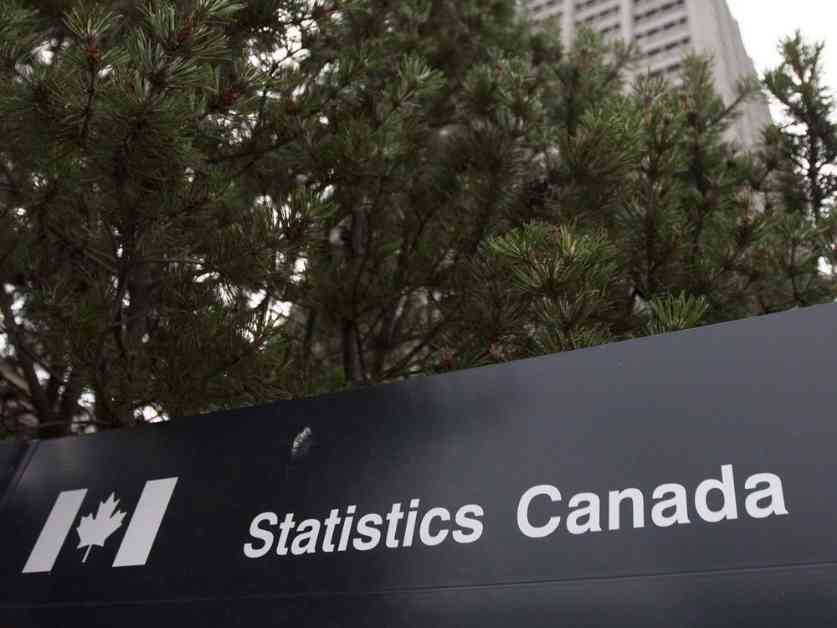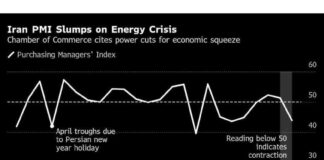Statistics Canada is set to release the September inflation data, with economists predicting a further decrease in annual inflation. The annual inflation rate slowed to two percent in August, marking the lowest pace since February 2021. This result aligned with the Bank of Canada’s target for inflation.
The upcoming September inflation report will serve as a crucial economic indicator before the Bank of Canada’s next interest rate decision on October 23. The central bank has already reduced its key interest rate three times this year, bringing it down to 4.25 percent after initiating rate hikes in March 2022.
While inflation has been on a downward trend, the focus has shifted towards the labor market, which has been impacted by the higher interest rates. As the economic landscape continues to evolve, it will be essential to monitor how these factors interact and influence each other moving forward.
Understanding the relationship between inflation, interest rates, and the labor market is crucial for policymakers and economists in making informed decisions. By analyzing these key economic indicators, authorities can implement appropriate measures to stabilize the economy and promote sustainable growth.
As we await the release of the September inflation data, it is important to consider the broader context in which these numbers exist. Economic trends are interconnected, and a holistic approach is necessary to grasp the full implications of any single data point. By staying informed and examining the various facets of the economy, individuals can better navigate the ever-changing financial landscape.






















